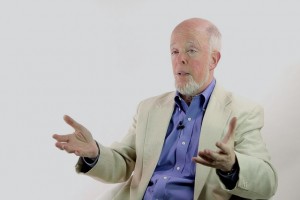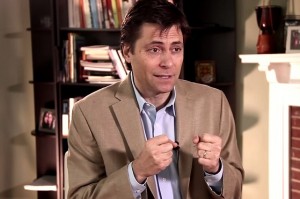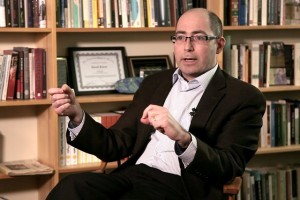Primordial Stars
Astrophysicist Christopher McKee on the birth of stars, ways to determine the mass of a primordial star, and t...
How can you make a material transparent? What is a laser without inversion? What are the difference between phase and group velocities? Professor of Physics at Harvard University tells how matter can control light and how light can control matter.
Transparency means that before the matter was absorbing and now it’s transparent. You send your laser light in, on or near resonance and it gets absorbed. Then you take the second laser light on some kind of different frequency, you shine that in as well and also shine the first laser light in and if you both shine them in material suddenly becomes transparent. It means the light actually does come out on the other side.
One of the first so-called applications of EIT was laser without inversion. So usually if you have a laser you have to have more electrons in the upper state than in the lower state, otherwise lasing process doesn’t work. This sometimes is very hard to do. So it would be nice if you could get the laser action with just a few electrons up there and most of the electrons in the lower pot. And if you have this transparency that means you have all the electrons in the lower pot and you already have transparency instead of absorption so you’re halfway there. If you now by some means put just a few electrons on top you would get lasing on this previously empty transition.
The stopped light – this is of course very fancy but can one do something with that? Can one actually develop it any further? So one way is that photons of course contain quantum information. And this quantum information can be very conveniently stored in material with this slow light because you’ve trapped it in there, when you are done with storing, you led it out by just switching the laser on again. This is a very promising research for everything that has to do with quantum information, with quantum computation, with any kind of non-linear photon switching, etc.

Astrophysicist Christopher McKee on the birth of stars, ways to determine the mass of a primordial star, and t...

Physicist Max Tegmark on the Doppler effect, redshift, nuclear fusion, and what happened 13.8 billion years ag...

Physicist David Kaiser on measuring time delay, problems of communications during war, and governments impact ...